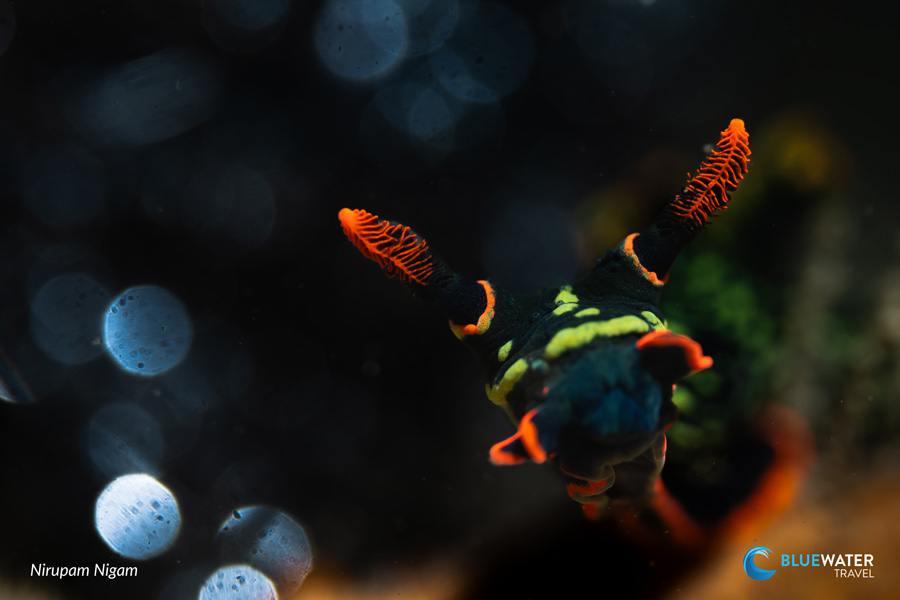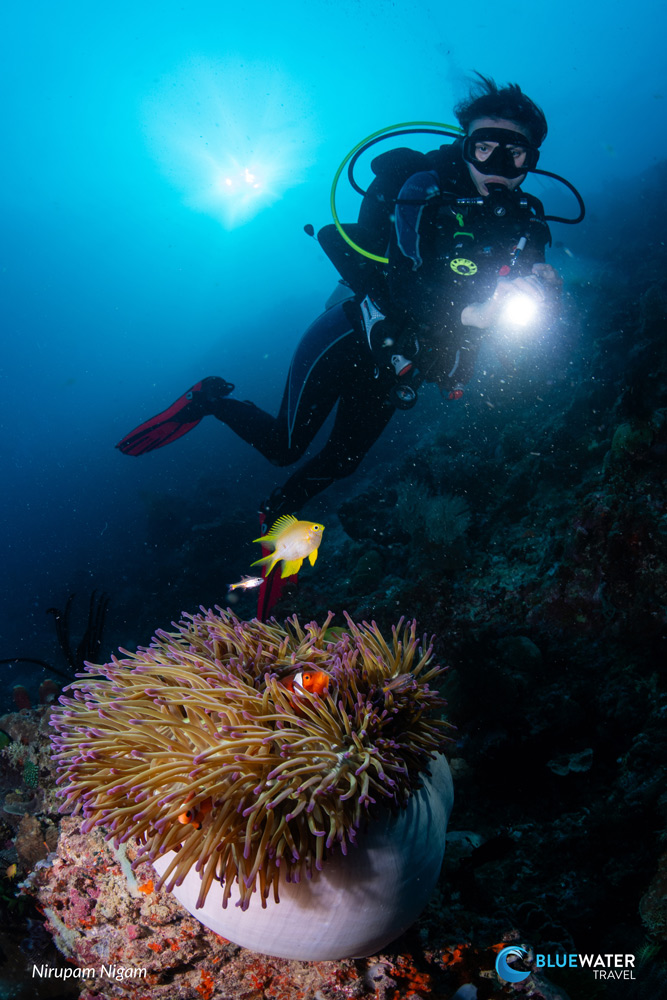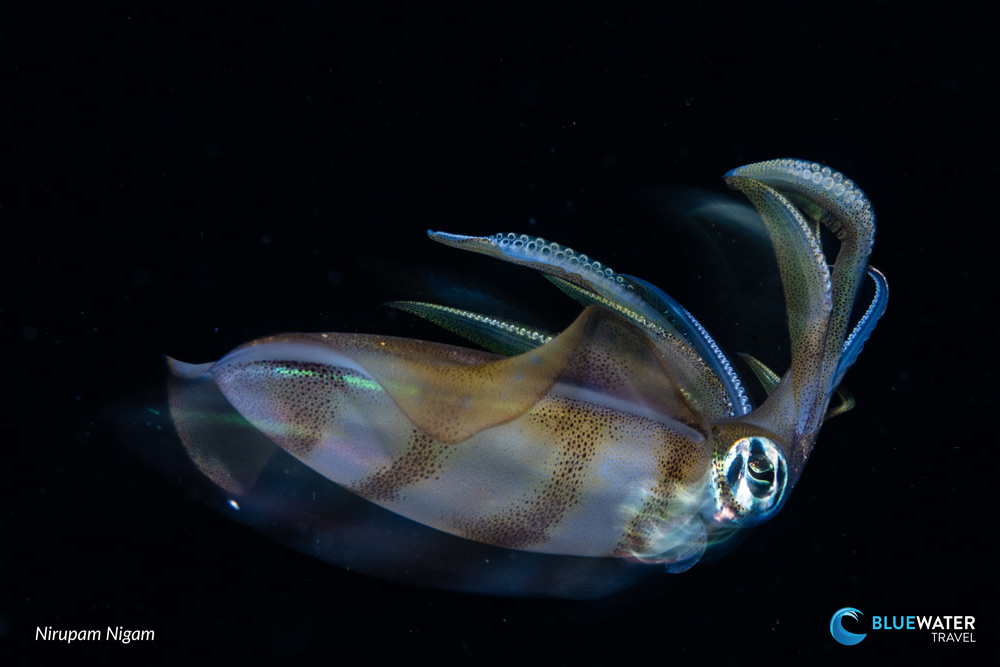Scuba Diving in Cebu and Bohol, Philippines
Cebu and Bohol Diving Highlights
Excellent macro combined with a diversity of coral reefs, a wide range of resorts from budget to luxury and the possibility of thresher sharks all attracts divers from all over the world.
There are also more and more Philippines liveaboards which include many of the area's top dive spots, notably Malapascua for thresher sharks, Moalboal (more below) for its ever-famous sardine baitball, and various other sites in the vast Visayan sea.
Jump to:
Marine Life & Environment - Dive Sites - Diving Conditions
How to Get There - How to Dive Cebu & Bohol - Best Time to Dive
NEW! Find a Liveaboard in the Area - Practical Information - Book a Trip
Interested in diving the Philippines? Visit our dedicated pages on Philippines liveaboards and Philippines dive resorts to start planning your dream trip!
Dive Overview
Nutrient-filled waters support a plethora of ecosystems & a huge diversity of marine life. Thanks to the great land protection Cebu and Bohol have, divers of all levels can enjoy the area and its calm seas without a concern.
Cebu and Bohol Diving Information
Cebu & Bohol Marine Life
Most divers of this area have an appreciation for macro sightings like pygmy seahorses, skeleton shrimps, nudibranchs, etc. That being said, thresher sharks are found commonly enough moving along the channel and the whale sharks of Cebu are world-famous. Pristine corals abound, encouraging never-ending diversity of species and ecosystems.
Interested in another nearby macro diving destination? Check out diving in Anilao, the Macro Heaven.
Moalboal
Moalboal, at the southern end of Cebu, deserves special mention. This place is most famous for the Sardine Run, where hundreds of thousands (some even say millions) of sardines come together in sync, building a huge bait ball that protects them from trevally, barracudas, sharks, and other larger hungry marine life. It's a must-see when you're in the area. Aside from the enormous Sardine Bait Ball, give Pescador Island at Moalboal a visit as well. The incredibly healthy corals are home to abundant critter life, and also ornate ghost pipefish, frogfish, cuttlefish, and even turtles.
Interested in Sardine Runs? Check out diving in South Africa.
Diving Conditions
- Water Temperatures: 75 - 80 F. We recommend a 3mm wetsuit
- Visibility: 50 - 65 ft.
- Average Depth Range: 20 m (66 ft)
Bohol Dive Sites
Bohol scuba diving can be done at sites around the main island, or at its many surrounding islands. Plenty of options are available for divers of different experience levels and those seeking macro and wide angle opportunities.
Balicasag Island: A marine sanctuary teeming with biodiversity including colorful corals, sea turtles, and schools of fish.
Panglao Island: Home to a variety of dive sites, including Alona Beach and Doljo Point, which offer diverse marine life. Look for frogfish, seahorses, reef sharks, and more!
Travel Information
How to Get There
There are numerous direct daily flights to Mactan-Cebu International Airport (CEB) from China, United Arab Emirates, Malaysia, Korea, Singapore, Hong Kong, Japan, Taiwan. From Cebu, it's a short ferry ride to Bohol.
How to Dive Cebu & Bohol
There are plenty of dive resorts available that can meet all of your diving needs. You can also visit the best dive sites in Cebu & Bohol from the comfort of a liveaboard.
Best Time to Dive
Diving is possible all through the year, but the best diving season is January - May.
Topside & Non-Diving Activities
While in Cebu, visit the Magellan Cross and the Carbon Market (largest farmers market in Cebu). Trips to Cebu are easily combined with trips to Bohol. While in Bohol, check out the chocolate hills for a scenic view, take a Loboc River Tour, or just explore some old churches.
Liveaboard Availability
The rates shown below are per person in USD. Some of the operators quote in other currencies and the pricing at the time of booking may vary depending on the latest exchange rates.
The search results show available liveaboard trips to the Visayas including Cebu & Bohol and other regions in the Philippines. Write to us in the live chat box or contact us if you need help selecting itineraries.
Please contact us for the availability of the following boats: MY Resolute and Infiniti Liveaboard
Other Useful Information
Practical Information
- Currency: Philippine Peso (PHP)
- Electricity: The standard voltage is 220 V and the frequency is 60 Hz.
- Vaccines: Please check the CDC website for updated information on vaccines, health concerns, etc. It is recommended that you are up to date with Typhoid, Tetanus/Diphtheria, Hepatitis and Polio for any trip to the tropics.
- Visa: U.S. citizens may enter the Philippines for purposes of tourism without a visa if they present a valid U.S. passport and a return ticket to the United States or an onward ticket to another country. Upon your arrival, immigration authorities will stamp an entry visa valid for 30 days on your passport
- Language: Filipino and English are the official languages in the Philippines
GOT QUESTIONS? READY TO BOOK?
Call us today at +1-310-915-6677 or email us info@bluewaterdivetravel.com
And let us book your dream vacation!













































